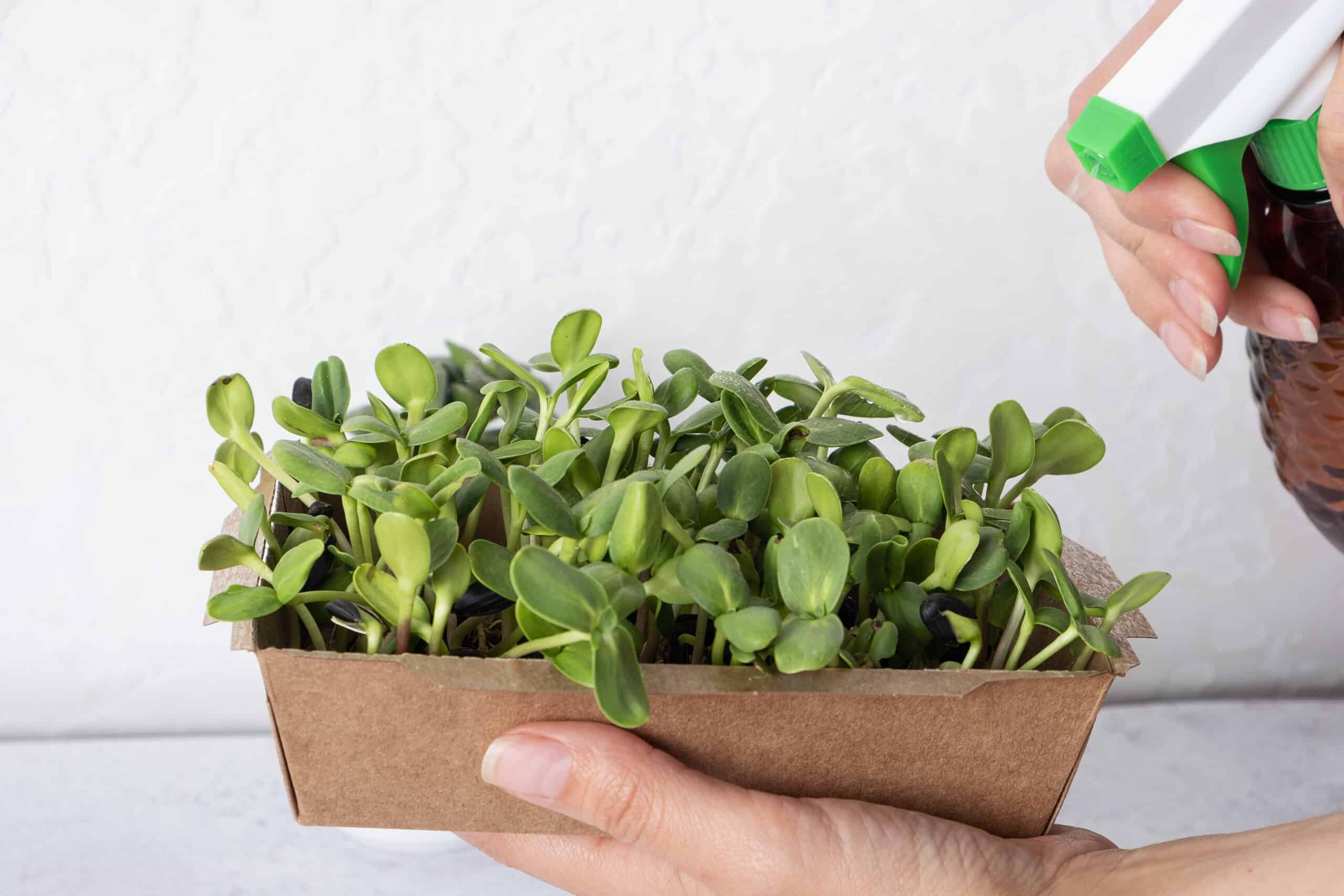Can I use regular potting soil for microgreens?
Key Takeaways
- Regular potting soil can be used for growing microgreens, but it may not provide the optimal conditions for their growth.
- Regular potting soil may not have the proper drainage and aeration required for microgreens, which can affect their overall growth and yield.
- A soilless mix specifically formulated for microgreens is recommended as it provides better drainage, aeration, and water-holding capacity, promoting healthy root development and preventing water-related issues.
Many gardening enthusiasts and beginners often wonder whether regular potting soil can be used for growing microgreens. The answer to this question is not straightforward, as different experts and sources have varying opinions on the matter. Let’s explore the different viewpoints and considerations to help you make an informed decision.
Yes, regular potting soil can be used for microgreens
According to some sources, regular potting soil is suitable for growing microgreens. They argue that microgreens are young and tender plants that do not require complex soil conditions. Regular potting soil, which is readily available and affordable, can provide the necessary nutrients for microgreen growth.
However, it is important to note that using regular potting soil may not provide the optimal conditions for microgreens to thrive. Regular potting soil is typically formulated for the growth of larger plants and may not have the ideal texture, drainage, and aeration for microgreens. These factors can affect the overall growth and yield of your microgreens.
No, regular potting soil is not ideal for microgreens
On the other hand, many experts and experienced growers recommend against using regular potting soil for microgreens. They argue that microgreens have specific requirements for successful growth, and regular potting soil may not meet these requirements.
One of the main concerns with regular potting soil is its drainage and water-holding capacity. Microgreens require consistent moisture levels, but excessive water retention can lead to root rot and other diseases. Regular potting soil may not provide the necessary drainage, leading to waterlogged conditions that can harm the microgreens.
Additionally, regular potting soil may not provide adequate aeration for the roots of microgreens. Proper airflow is crucial for preventing mold and fungal growth, which can be detrimental to the health of microgreens.
The best potting soil for microgreens
Instead of regular potting soil, experts recommend using a soilless mix specifically formulated for microgreens. These mixes are typically made from coco coir, peat moss, perlite, and vermiculite.
A soilless mix offers several advantages for growing microgreens. It provides excellent drainage, aeration, and water-holding capacity, promoting healthy root development and preventing water-related issues. The texture of a soilless mix is also lighter and easier to work with compared to regular potting soil.
Moreover, a soilless mix can be customized to meet the specific needs of different microgreen varieties. Some microgreens prefer a slightly acidic pH, while others thrive in a more neutral pH. A soilless mix allows you to adjust the pH to create an optimal growing environment for your microgreens.
Conclusion
While it is possible to use regular potting soil for growing microgreens, it is not the ideal choice. Regular potting soil may lack the necessary drainage, aeration, and water-holding capacity required for optimal growth. Using a soilless mix specifically formulated for microgreens, on the other hand, provides the best conditions for healthy and thriving microgreens.
Related Websites:
FAQs:
Q: What are microgreens?
Microgreens are young vegetable greens that are harvested just after their first leaves have developed. They are known for their intense flavors, vibrant colors, and high nutritional value.
Q: Can regular potting soil be used for growing microgreens?
Regular potting soil is not ideal for growing microgreens. It may lack the necessary nutrients, have drainage and moisture retention issues, and can potentially be contaminated. Using specialized microgreen soil or hydroponic systems is recommended for successful cultivation.
Q: What are the potential issues with using regular potting soil for microgreens?
Regular potting soil may not provide sufficient nutrients for optimal microgreen growth. It can also pose a risk of contamination or unwanted organisms. Additionally, its drainage and moisture retention properties may not be suitable for microgreens.
Q: What are the alternatives to regular potting soil for growing microgreens?
There are alternative growing mediums for microgreens, such as specialized microgreen soil or hydroponic systems. These mediums are specifically formulated to provide the ideal conditions for microgreen cultivation, ensuring optimal growth and nutrient availability.
Q: How can regular potting soil be enhanced for successful microgreen cultivation?
To enhance regular potting soil for microgreen cultivation, you can amend it by adding organic compost or vermiculite to improve nutrient content and drainage. It is also essential to closely monitor moisture levels and provide adequate watering to meet the specific needs of microgreens.






